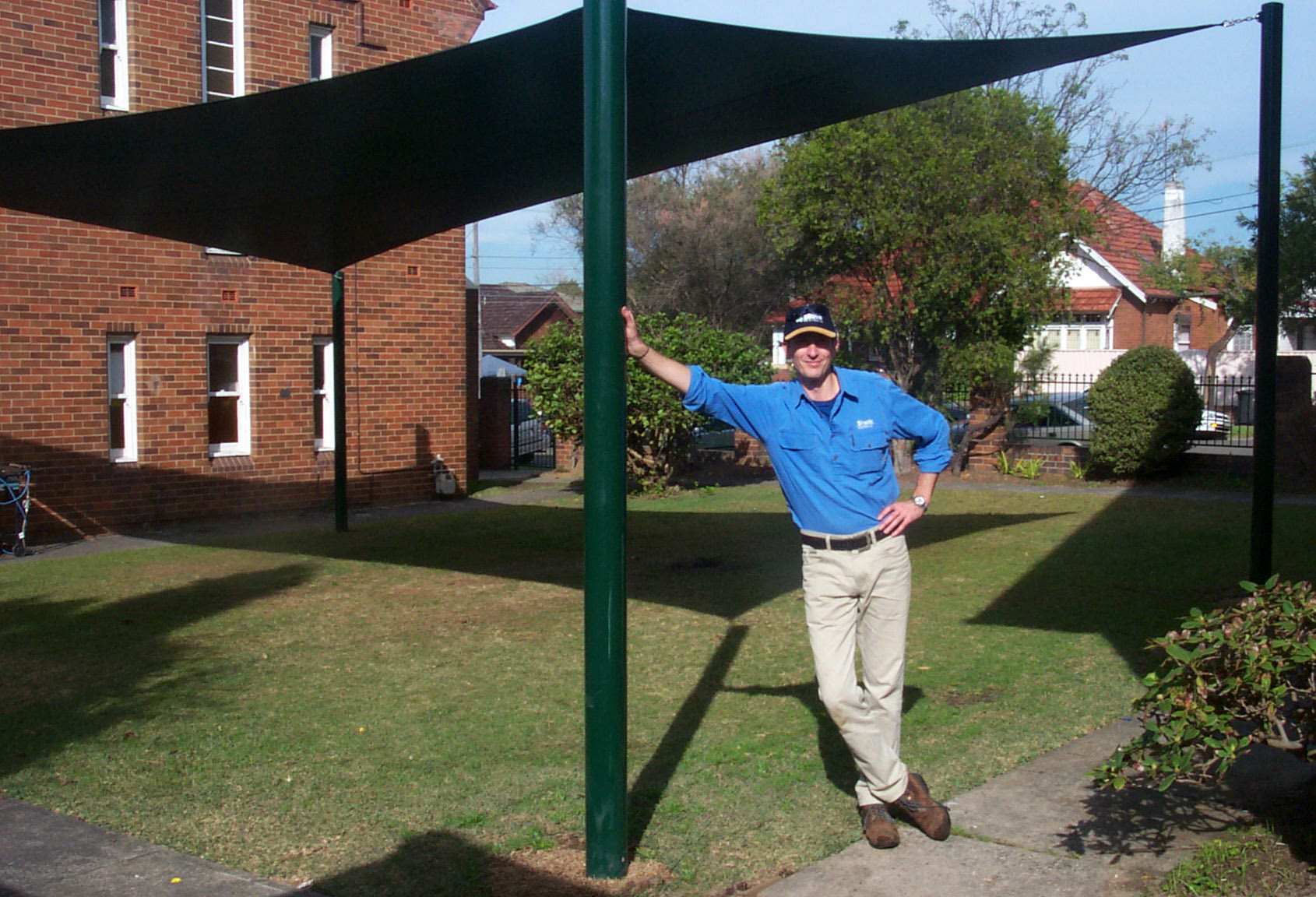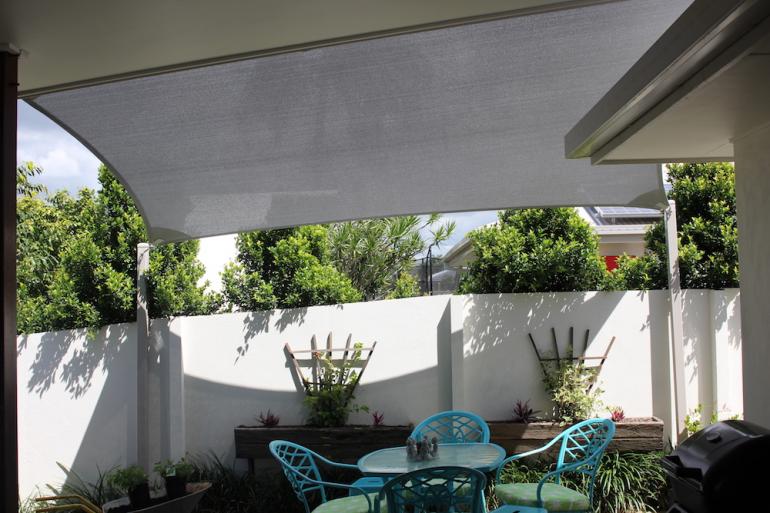

#SAIL SHADE SOFTWARE#
Other shops just use a dimensions report from the MPanel software and mark a pattern on the floor with tape.Ĭutting the fabric panels on an automated cutter is not very practical since the width of most shade cloth exceeds the width of the average cutter. To the floor to use during the layout process. Some shops run these dimensions into a cutter and create kraft paper patterns that they tape Once the customer approves the rendering, the MPanel software can be used to calculate the compound curves for the shade sail. You canĬhoose from different fabric options, colors, and poles to aid in the final design decision. The object can then be exported and superimposed over a site picture in Awning Composer. The Shade Designer software uses basic dimensions like length, width, and pole height to create a three-dimensional object. Trivantage ® has teamed up with Meliar Design to create an interface between AwningĬomposer ® and MPanel Shade Designer that allows
#SAIL SHADE INSTALL#
When it comes to installing the poles and attachment points, the fabricator should consider engaging a local contractor that has all of the necessary equipment to dig footings, install cement, etc.ĭue to the large sizes and odd shapes involved in most shade sails, many fabricators use a shade sail design

Machine are the basic tools needed for building a shade sail. A large open floor space for layout and a heavy-duty sewing With few exceptions, most conventional awning fabricators already have everything they need in their shop to build an industrial shade sail.
#SAIL SHADE HOW TO#
How to measure for a shade sail will depend on the specific project.

Design - Fabricator works with customer to determine shade sail size, shape, coverage, and color.Here are your five basic steps in building a shade sail:.Screw in the eye hook on the front of the fascia.How to Make & Install a Shade Sail – Five Steps.Stick 0.5 in (1.3 cm) bolts through the holes, and secure them with washers on the other side. Drill through the rafter with a 0.5 in (1.3 cm) drill bit in 2 places, going through the holes on the bracket.The bracket should be flat against the rafter on the other side. Stick the screwing mechanism on the bracket through the fascia so it comes out the front. Drill from the front with a larger drill bit. Drill from the back of the fascia with a small drill bit, using the bracket as a guide.It has a piece that goes through the fascia, which is where you will screw in an eye hook. The bracket goes behind the fascia on the rafters in between the house and the fascia.A bracket helps reinforce the area so the shade doesn't put too much pressure on the fascia.

The fascia is the band that runs right under your roof. If you're attaching it to your house, you'll need to add a fascia support bracket. Install the hardware on other attachment points if you're using them.


 0 kommentar(er)
0 kommentar(er)
